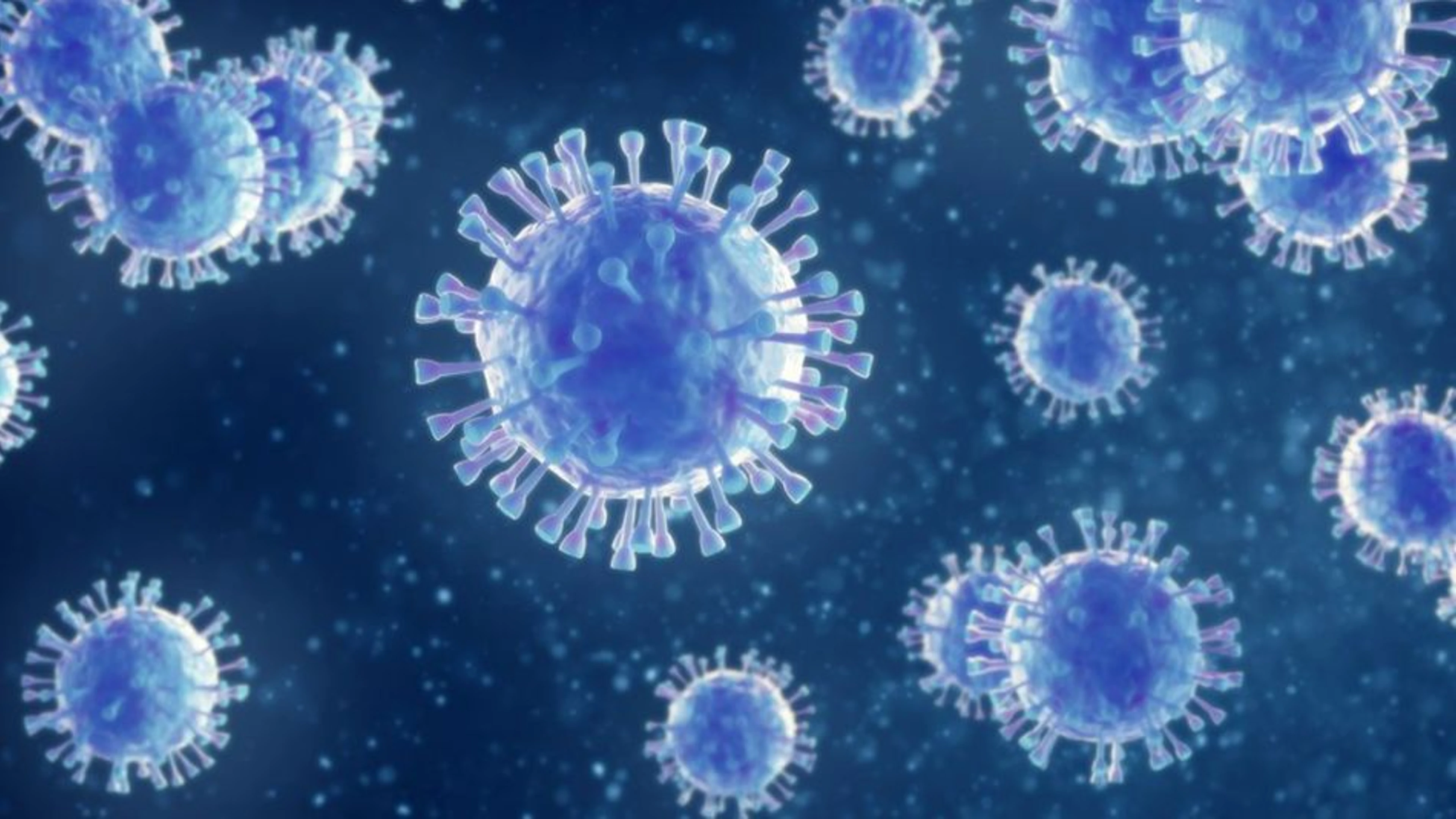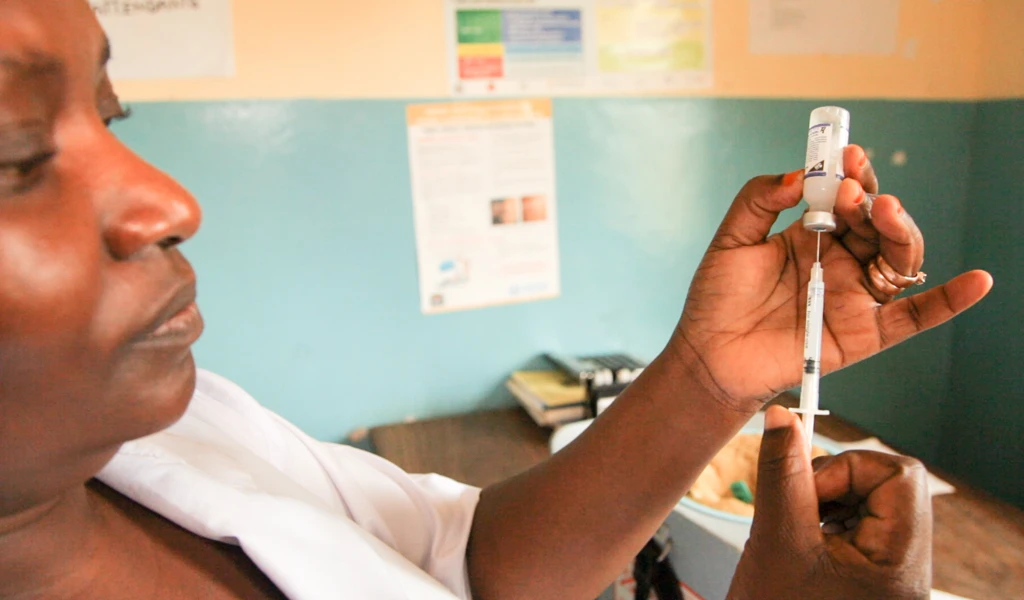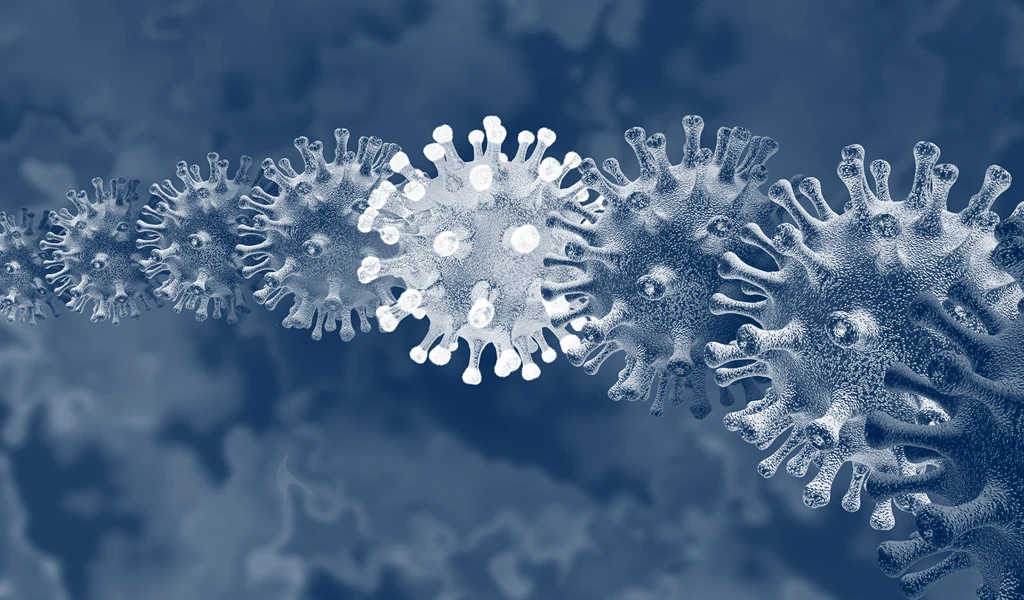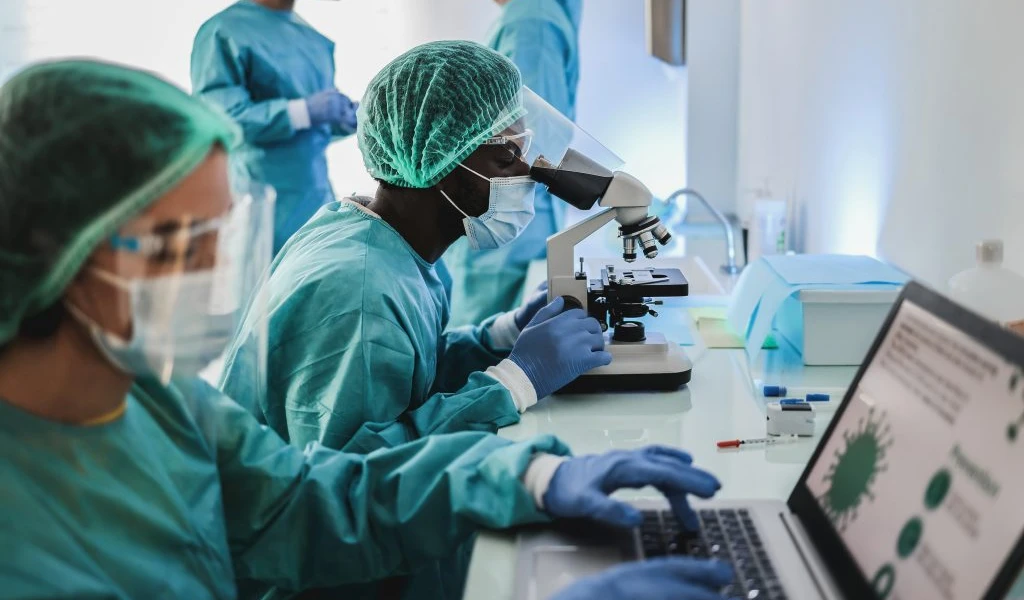100 years ago, the worst pandemic in recorded history, the ‘Spanish flu', killed an estimated 50 million people. The world's understanding of microbial threats has advanced immeasurably since then, but in many ways we are as vulnerable as ever to sudden attacks by unknown pathogens—also referred to as Disease X.
Disease X represents the knowledge that a serious international pandemic could be caused by a pathogen currently unknown to cause human disease. It was first included in the WHO's list of priority pathogens in 2018. COVID-19 represents the first occurrence of Disease X since its designation was established, emerging much sooner than anticipated.
While the world battles to control COVID-19, we know that future outbreaks of Disease X are inevitable. Our interconnected world has made us more vulnerable than ever to the rapid spread of new emerging infectious diseases. Rapid urbanisation, deforestation, intensive agriculture, livestock rearing practices, climate change and globalisation are increasing opportunities for animal-to-human contacts and for human-to-human transmission of disease on a global scale. The threat of Disease X infecting the human population, and spreading quickly around the world, is greater than ever before.
COVID-19: CEPI's first Disease X
When CEPI was established in 2017 we classed Disease X as a serious risk to global health security, for which the world needed to prepare. Prior to the COVID-19 pandemic, CEPI had initiated a rapid response programme—including mRNA vaccines—against novel pathogens. Our goal was to be able to start safety testing of vaccines within months of a new pathogen being genetically sequenced.
In January 2020—within 2 weeks of the publication of the genome sequence of the COVID-19 virus, and with just 141 confirmed cases of COVID-19 globally—CEPI began work on developing vaccine candidates against the virus. CEPI was able to move with such agility because it had already identified coronaviruses as serious threats and invested over $140 million in the development of vaccines against MERS. Within a few weeks of the COVID-19 outbreak, most of CEPI's MERS vaccine development partners had pivoted to work on the new virus.
If we can produce vaccines against Disease X in a matter of months instead of a year or more, we could revolutionise the world's ability to respond to epidemic and pandemic diseases. Disease X and other emerging infectious diseases pose an existential threat to humanity. But for the first time in history, with the right level of financial commitment and political will, we could credibly aim to eliminate the risk of epidemics and pandemics.
Just one year later, two CEPI-supported vaccine candidates are amongst the first in the world to be approved by regulatory authorities and deployed to protect people from the virus; and potentially over one billion doses of vaccine enabled by CEPI investment will be available to the COVAX Facility in 2021.
The speed of the scientific progress has been astounding, compressing vaccine development—which typically takes a decade into the space of 12 months—yet over 2 million lives have been lost to COVID-19 already and economies the world over have been devastated.
So, could we move even faster next time?
What next for Disease X?
We don't know where or when the next Disease X will emerge, only that it will. As COVID-19 has demonstrated, diseases do not respect borders so we need to be prepared on a global scale to respond to future outbreaks of Disease X, and we need to do it fast.
In many ways COVID-19 is a proof of concept for rapidly developing a vaccine against a new viral threat. Scientists were already working on vaccines against MERS and SARS—pathogens from the same virus family as COVID-19—which gave us a crucial head start this time around.
The emergence of a coronavirus variant combining the transmissibility of COVID-19 with the lethality of SARS or MERS would be utterly devastating. We must minimise this threat as a matter of urgency.
25 viral families are known to infect humans, and over 1.6 million yet-to-be-discovered viral species from these viral families are estimated to exist in mammal and bird hosts—the most important reservoirs for viral zoonoses.
We cannot develop vaccines against all potential viral threats, but we could produce a library of prototype vaccines and other biological interventions against representative pathogens from each of these 25 viral families. Having such a library of prototype vaccines, which could be ‘pulled off the shelf', and advanced into clinical testing as soon as a related threat emerges would dramatically accelerate the development of vaccines.
We also know that beta coronaviruses that cause SARS and MERS are associated with case fatality rates of 10-35% (25-88 times worse than COVID-19) and that coronaviruses circulate widely in animal reservoirs. The emergence of a coronavirus variant combining the transmissibility of COVID-19 with the lethality of SARS or MERS would be utterly devastating. We must minimise this threat as a matter of urgency. One way to do this in the long-term would be to develop a vaccine that provides broad protection against coronaviruses in general.
If we can produce vaccines against Disease X in a matter of months instead of a year or more, we could revolutionise the world's ability to respond to epidemic and pandemic diseases. Disease X and other emerging infectious diseases pose an existential threat to humanity. But for the first time in history, with the right level of financial commitment and political will, we could credibly aim to eliminate the risk of epidemics and pandemics.
Learn more about recent advances in vaccine technologies here



